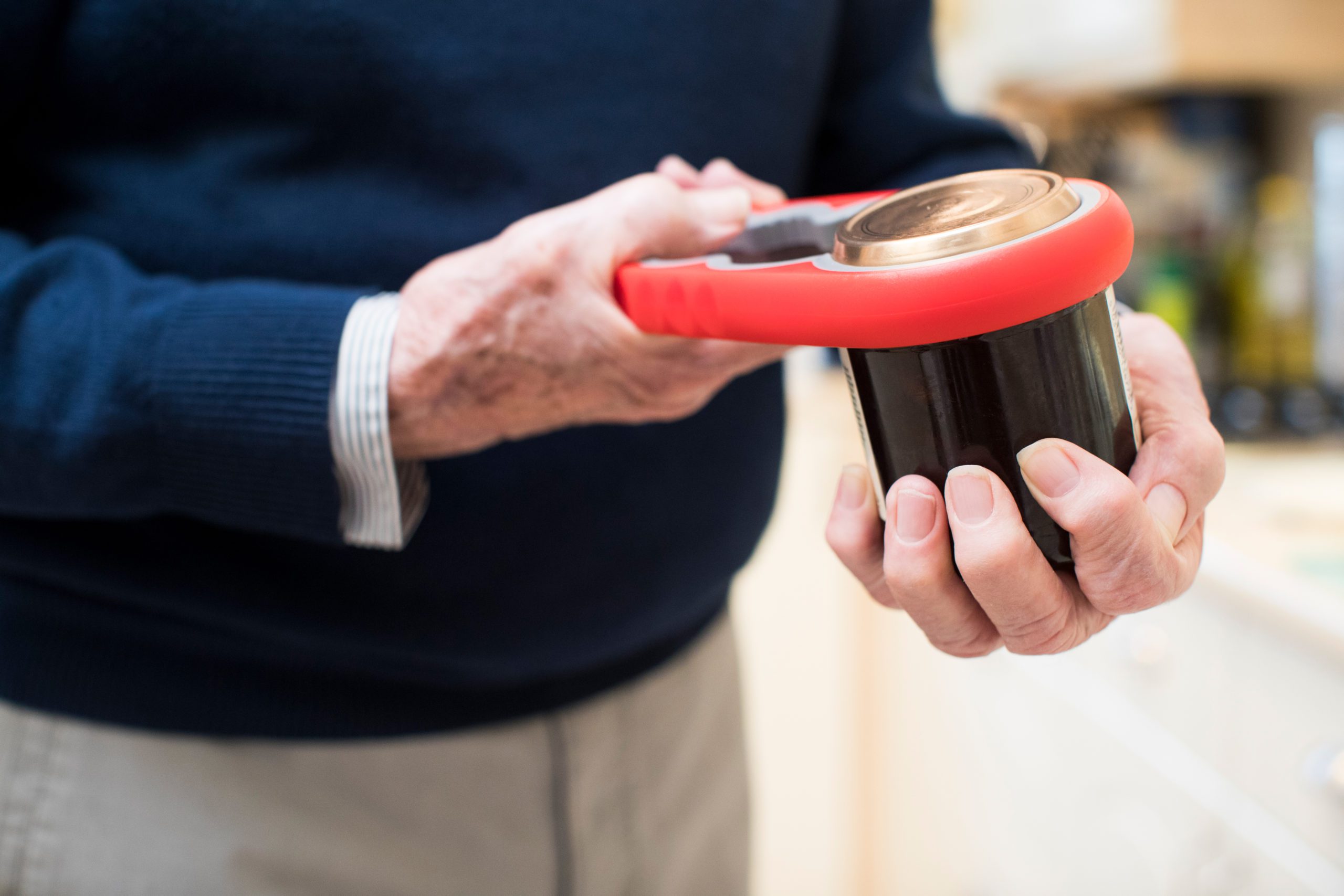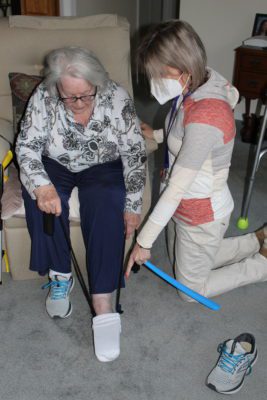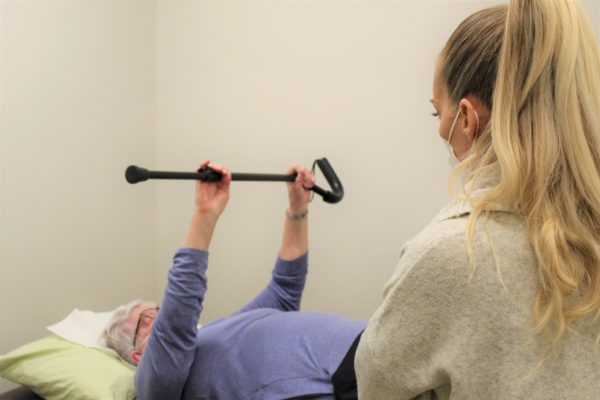

In celebration of Occupational Therapy Month in April, we are celebrating our 17 in-home and outpatient occupational therapists (OT) at RVNAhealth. We sat down with Gigi Weiss, MSPT, RVNAhealth Director of Rehabilitation Services, to talk about RVNAhealth’s own OT team. “Problem solvers…creative strategists…fitting square pegs in round holes…not cookie cutter…thinking outside the box.” These are just a few of the phrases Weiss uses to describe her occupational therapy team and the work they do. Okay, so these OTs sound like pretty interesting people! So, what exactly do they do and why do they need to be so creative? RVNAhealth has tackled this topic before (check out this great video interview by our very own Danielle Taibi, RVNAhealth Home Health Aide Supervisor, Occupational Therapist MOTR/L, CDP). To summarize, occupational therapists focus on addressing an injury, illness, or post-surgery condition that has disrupted a person’s normal activities of daily life (“ADLs”) – activities as basic as eating, bathing, and dressing, for example. They focus not only on helping to rehabilitate the affected area, but they also place tremendous effort on creative and attainable adaptations to enable a patient to have greater independence and function in those daily activities as they recover.


Given the focus on activities of daily life, OT goals often focus on reclaiming a patient’s ability to complete basic and fine motor skills needed at home…from dressing oneself and using buttons or zippers, to bathing and personal hygiene, to picking up a utensil, cup, or a pen to write with. In focusing on the goal of accomplishing greater independence, a patient may be taught how to accomplish a task (e.g., buttoning a shirt) in an entirely different way, or recommendations may be made for devices to help make such tasks easier.
We were able to capture the unique art of occupational therapy during a recent visit with RVNAhealth patient, Mrs. Monica McMorran of Ridgefield, and her OT therapist, Christine Cooper, OT/L. Cooper was working on a variety of practical activities to assist Mrs. McMorran with improving her strength as well as how to accomplish many activities around the home. From practicing and discussing best approaches for moving in and out of the shower, to practice time in the kitchen working through techniques for cooking and standing safely at the stove, to the basics of how to use tools to assist with putting on socks and sneakers. When asked what she has appreciated most about OT, Mrs. McMorran’s immediate response was, “It’s practical! And it’s about getting on with living!”


Echoing the experience we witnessed with Mrs. McMorran’s therapy session, “Occupational therapists are masters of adaptive equipment. Devices such as reachers, sock donners, and foam on utensils or pencils are just a sampling of the toolkit an OT may use to help a patient regain independence,” says Kate Campbell, DPT, RVNAhealth Outpatient Practice Manager. “In addition to adaptive equipment, OTs are also experts at home safety modifications and equipment. Focusing on a patient’s environment – e.g., lighting, floor surfaces, bathroom layout — is just as important to regaining independence as focusing on the patient and their abilities.”
“Occupational therapy is often overlooked, especially for outpatient rehabilitation needs” says Gigi Weiss. “Physicians or Orthopedics tend to be more familiar with physical therapy.” As such, she encourages patients to become their own advocate and ask about occupational therapy when seeking rehabilitation – especially when there is a need and desire to regain ability and independence in basic activities of daily life. All OTs at RVNAhealth have achieved masters or doctorate level degrees in their field and are highly recommended. As


one recent patient added, “[My] expectations for OT were very high, but my therapist EXCEEDED them.” Weiss attributes this success to RVNAhealth’s overall unique rehabilitation program. “We offer both occupational therapy and physical therapy services, in-home and at our outpatient facility in Ridgefield. Finding OTs, working alongside PTs, particularly in the outpatient setting is rare. But this enables RVNAhealth’s ability to evaluate and make recommendations to both patient and physician if we feel someone could benefit, for example, from OT rather than physical therapy.”
For more on RVNAhealth’s occupational therapy and other rehabilitation programs, please visit rvnahealth.org or call 203-438-7862.





